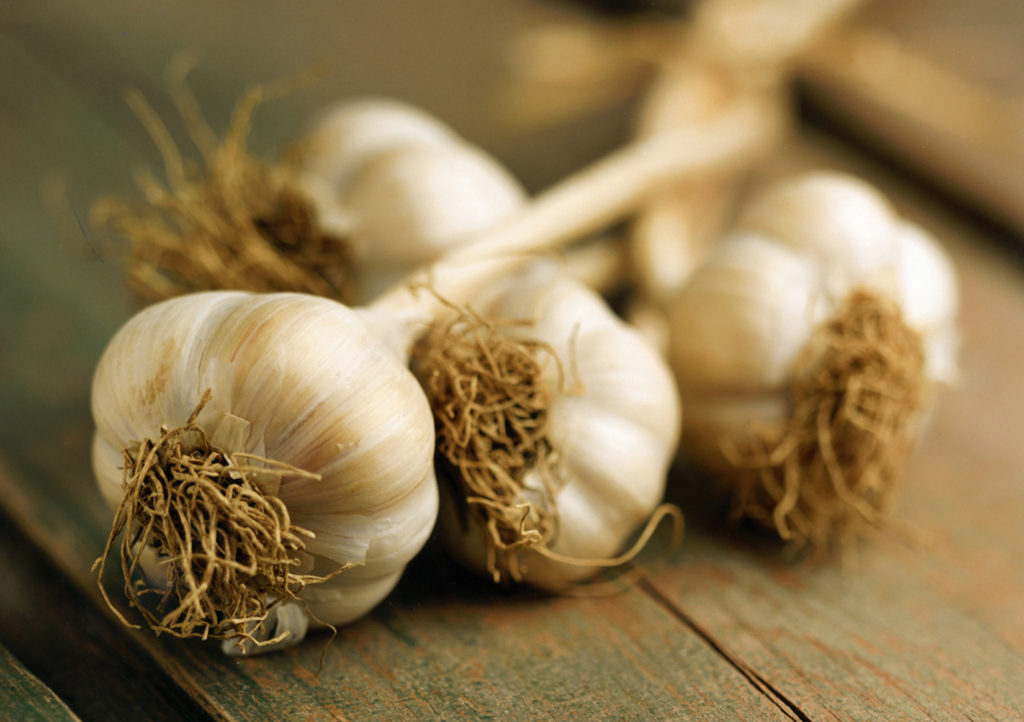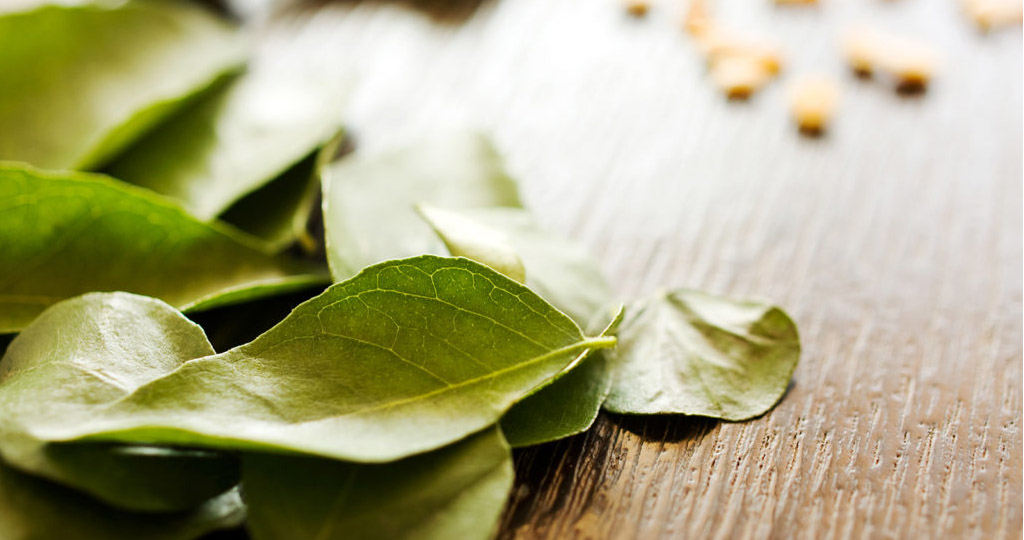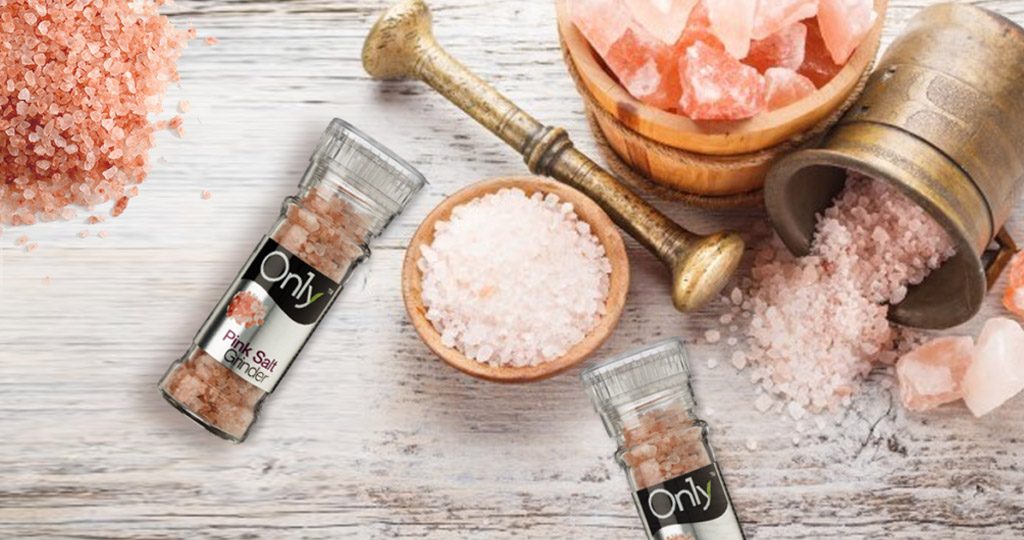A good dish is not just about the taste, but also about the aroma. Any dish that does not smell good most likely won’t taste too good either. Both aroma and good taste are interconnected. Aromatic spices are the heart of Indian cooking. They are full of strong flavors and captivating fragrance. Imagine making choley bhature without the garam masala? Aromatics give dishes the flavor and the foundation to build its personality.
Here is a list of different aromatics and how you can use them to bring out the best in your kitchen.
Fenugreek
Fenugreek, also called methi, is popular in Indian cuisine and around the Middle East. It adds a slight bitter flavor to the dishes. This spice has a distinctive sweet smell. It is very similar to the smell of maple syrup and can be used to flavor artificial maple syrup, butterscotch syrup and the likes of it.
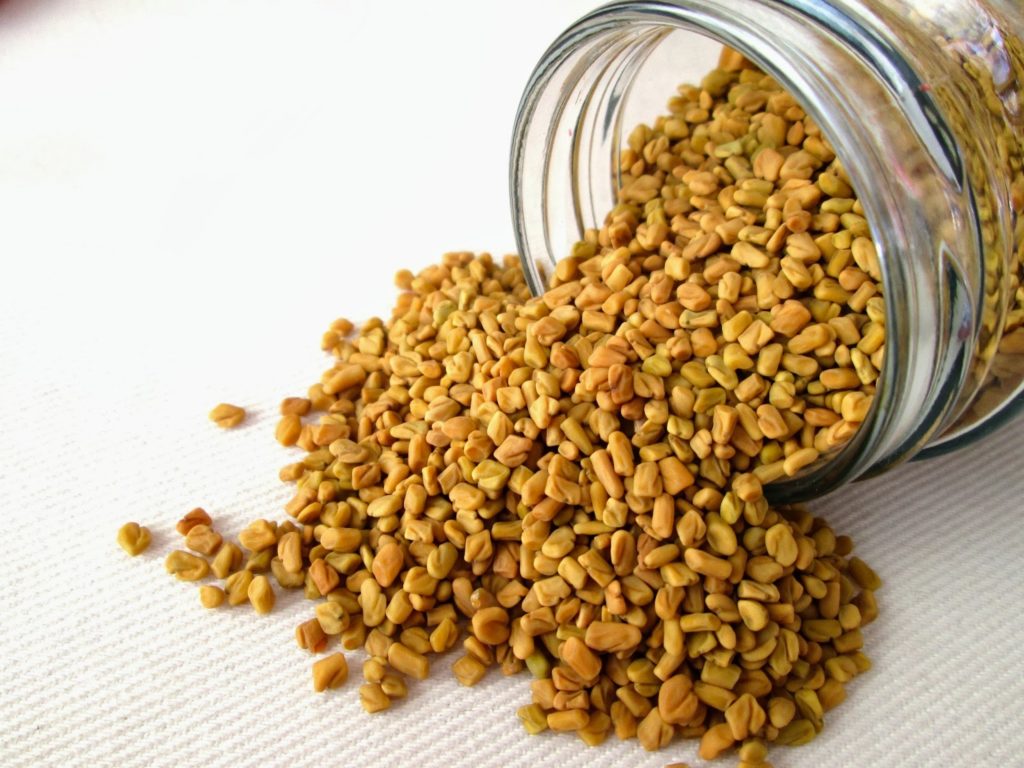
Mustard seeds
These tiny little seeds are most commonly used for adding a tadka (tempering with spices) and are the heart of Indian cooking. They are extremely versatile and used in all kinds of Indian cooking. When roasted, these seeds give out a strong flavor. They exhibit distinct spicy aroma that helps to add a rustic taste to the dishes. It is known for adding a great flavor without fat.
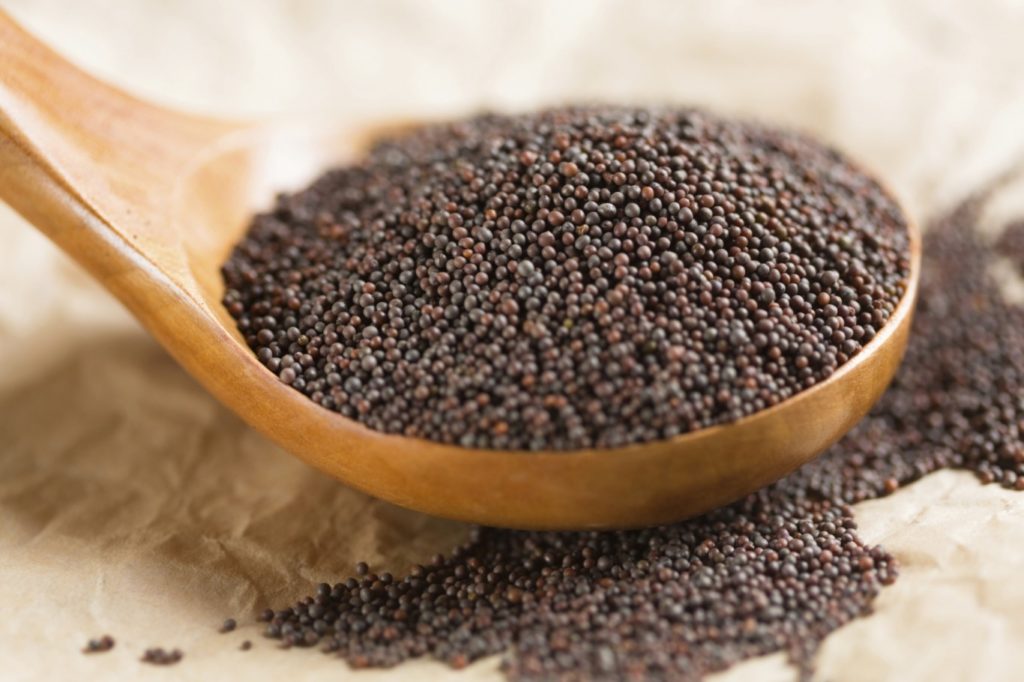
Turmeric
Turmeric has a deep yellow color and adds a lot of taste and aroma to any food. It also has a number of health benefits and is added to curry to boost its taste. It has a strong woody flavor and is used in small proportions as the color sticks easily.
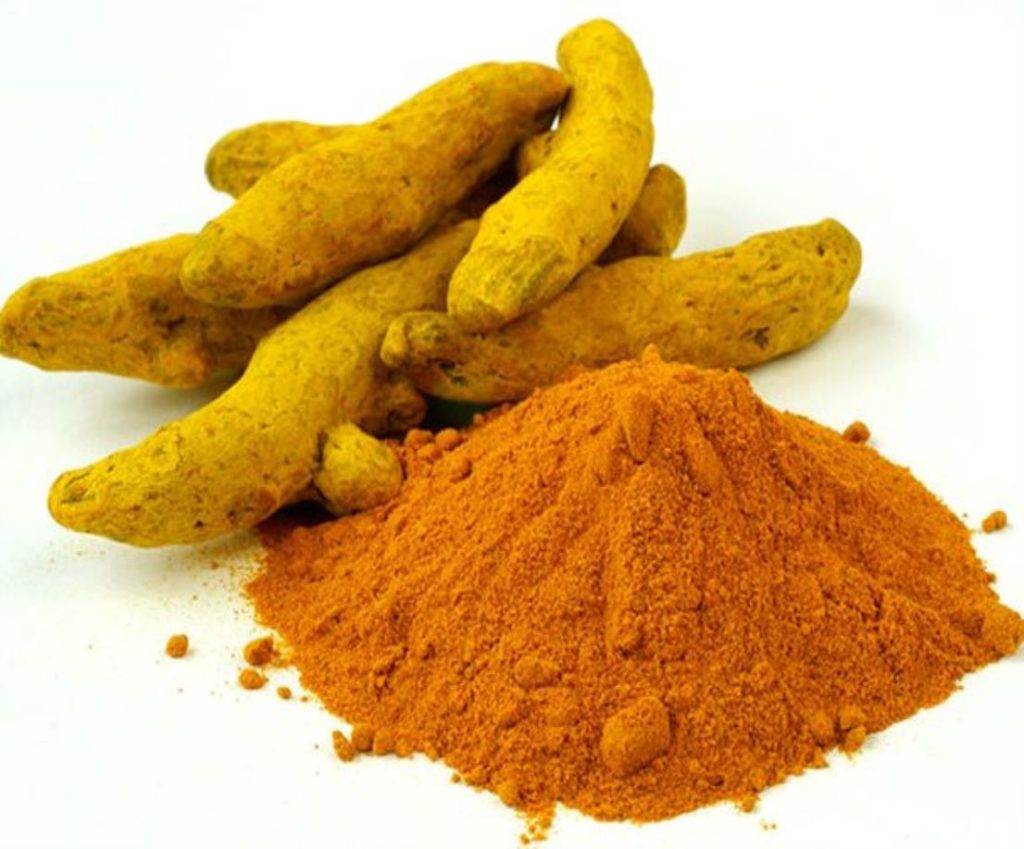
Curry leaves
Curry leaves are the most common ingredient in Indian dishes. The leaves have a faint aroma, but when cooked the smell enhances and elevates the flavor of the food. They can be fried or shredded or garnished. Use roasted curry leaves to get the best aroma.
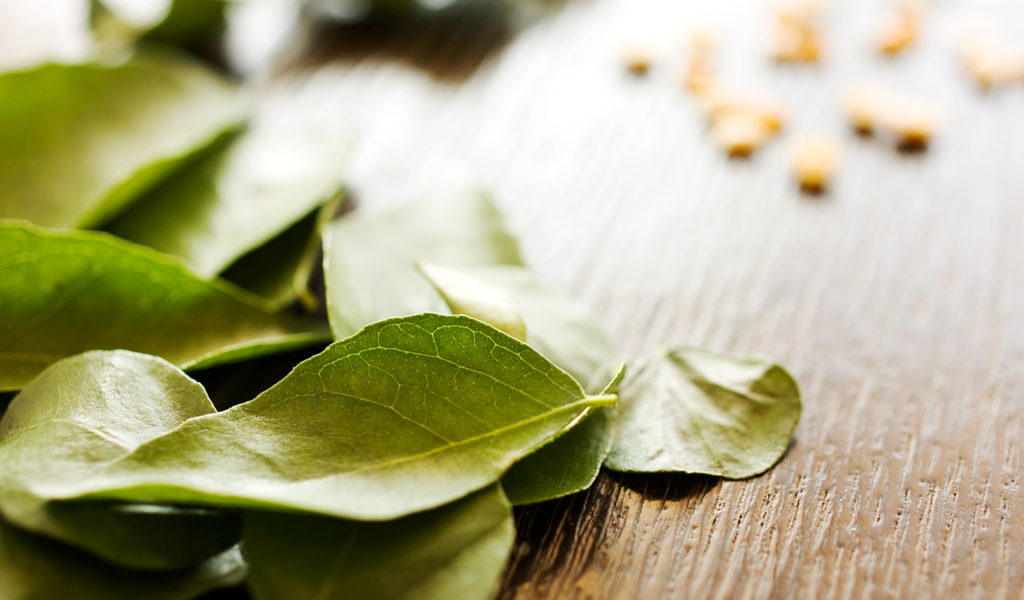
Coriander
Coriander leaves or coriander powder has a refreshing and sweet aroma. Used in both South Indian and North Indian cooking, it is an important culinary spice. It stimulates your taste buds when used as a garnish. If you’re using ground coriander seeds or coriander powder, store them in an airtight container as they can lose their flavor in no time.
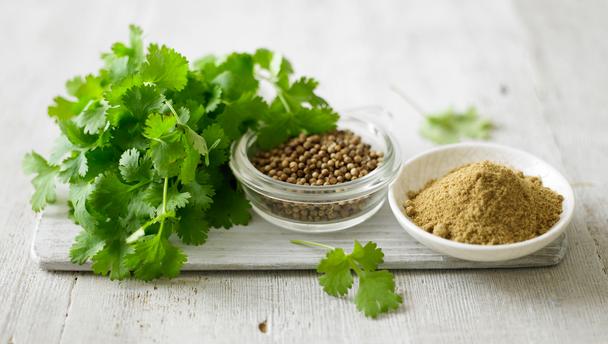
Asafetida
Asafetida, also known as Hing, has a strong smell which can overpower any dish. When cooked, it mellows down and adds an exquisite flavor to the food. The smell of Hing is similar to garlic and is often used along with other spices as a flavoring agent. The best way to use it is by roasting and adding it with other spices. Keep in mind not to use it with onion or garlic as the original flavor of the dish can get overpowered.
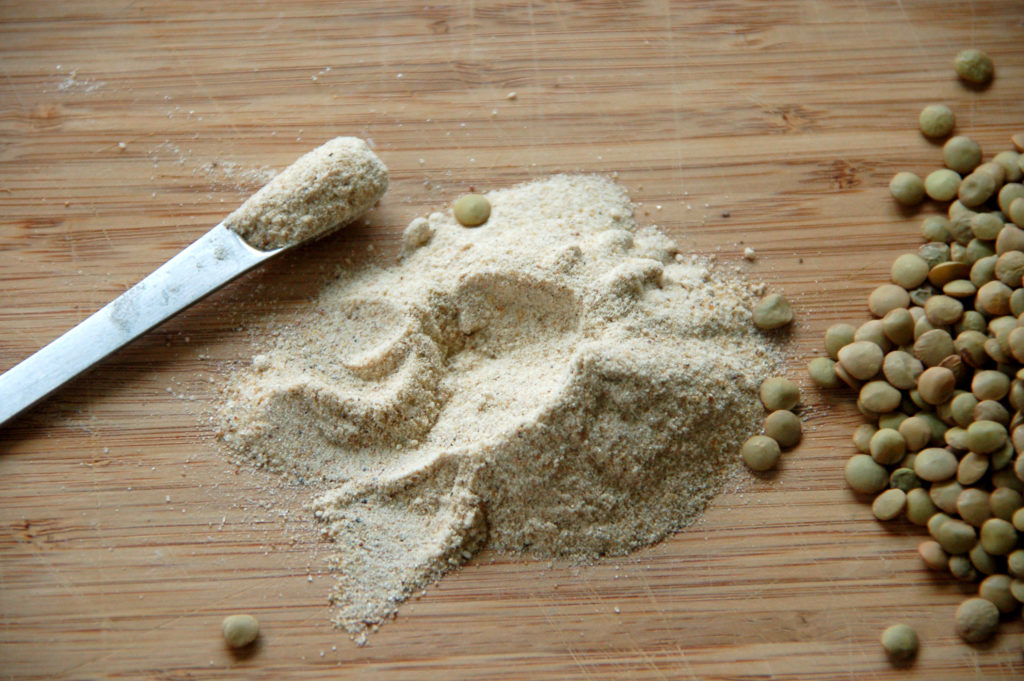
Ginger
Ginger can be used as a flavoring agent for curries, tea and even soups. It has a sharp smell that cuts through the dish. Ginger is usually sautéed with onions and other spices and used in dals and other curry preparations to enhance the taste and aroma. It is known to add a fresh and pungent aroma to the food.
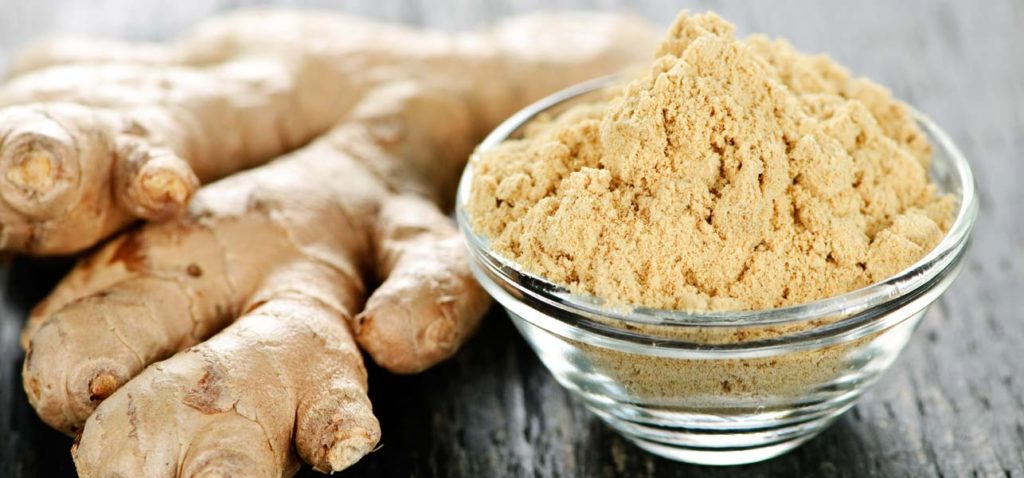
Garlic
Garlic has a pungent odor and flavor, but once it is cooked properly, it adds a tremendous value to any food. It is not just used in Indian cuisine but also Italian and other European cuisines. On consumption, garlic is known to leave a foul smell in the mouth due to the sulfuric acid compounds present in the cloves. However when roasted, it adds a sweet, smoky flavor with an inviting, sharp aroma to the food.
